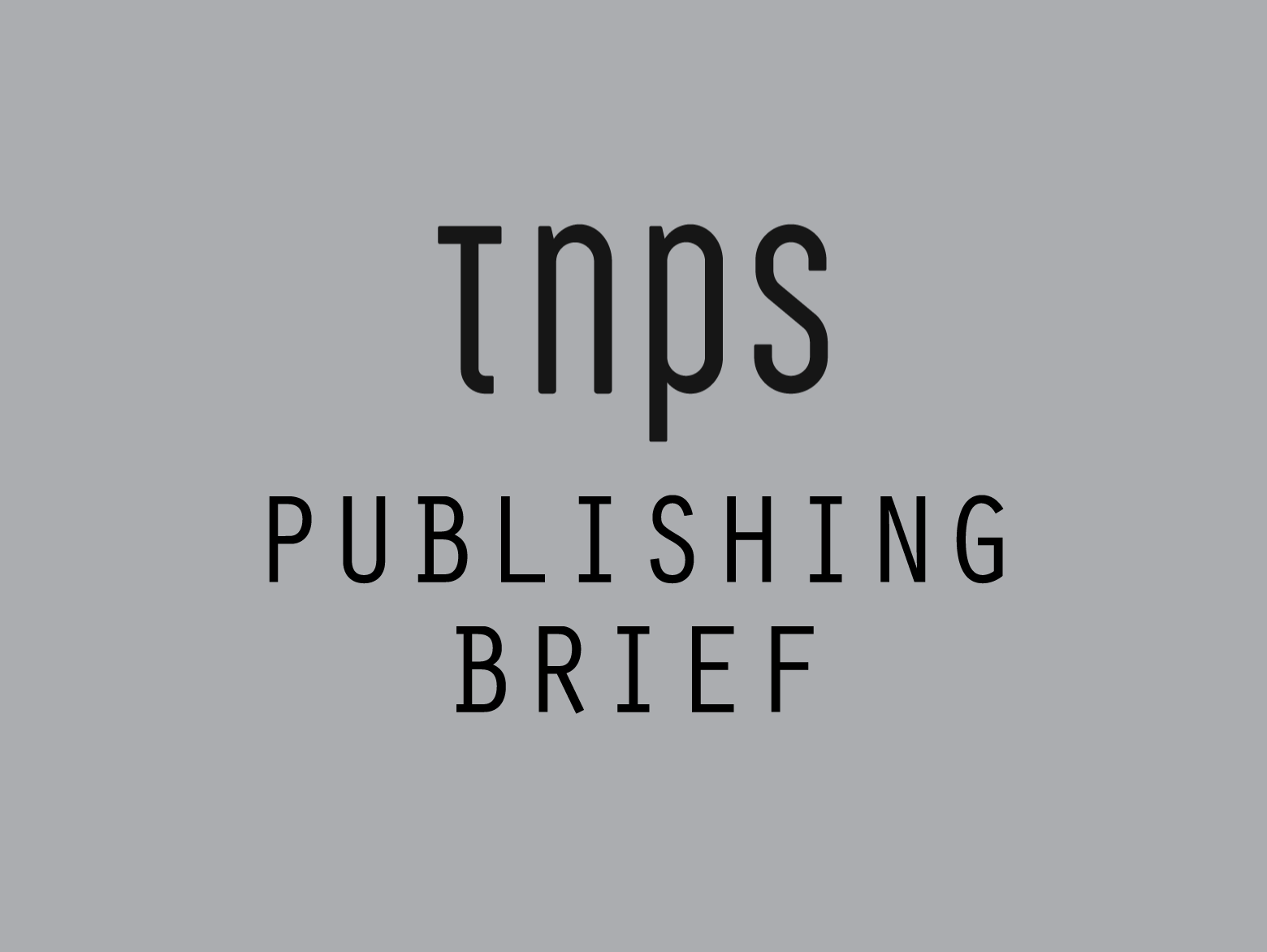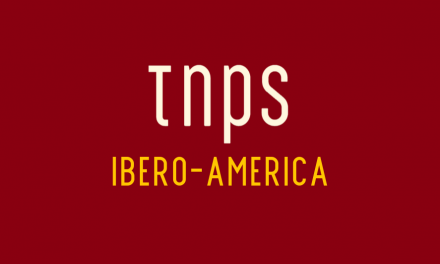As the USA’s Book World chain shutters its 45 bookstores the media is having the usual Retail Apocalypse party that accompanies every such incident.
“Bookstore Chains, Long in Decline, Are Undergoing a Final Shakeout,” ran the New York Times headline, anxious to draw in the retail apocalypse rubberneckers.
But even here, tucked away in the last paragraph, was a hint all was not quite as gloomily black and white as portrayed, because one of the closing Book World stores already had a buyer lined up, intent on selling books from the same store Book World was saying was not unviable.
…Michael Bauer … owns a gift shop where he sells a small quantity of children’s books, local guides and cookbooks. When the Book World across the street announced its demise, he saw an opportunity (and) signed a contract to buy the Book World building and its fixtures for more than $300,000. He hopes to open it as a new bookstore, which he’ll run with his fianceé, by March 1.
And as Publishers Weekly reports, it was not a one-off. Several of the closing Book World stores will reopen as bookstores, just under new and localized management.
Book World’s Mark Dupont, says Publishers Weekly, was insisting
Book World was not killed by competition from Amazon alone (and that) the future viability of what are now Book World outlets depends on several factors, including the local economy. While some Book World outlets are in rural areas or shopping malls, a number are on the main streets of thriving towns. Several locations are in popular tourist destinations that attract affluent visitors (and further that) approximately 50% of Book World’s locations serve as the sole bricks-and-mortar bookstore in their area and are, therefore, viable for someone who is looking to come in and run the business as an indie bookseller.
Which begs the quest why Book World didn’t just drop the chainstore mentality straight-jacket and give local store autonomy to respond to local conditions?
That’s a strategy that has worked well in the UK for Waterstones, which famously went from the brink of bankruptcy to profitability, with five new stores opened in December, two of which were stores that had previously been closed.
Not that we need to cross the Atlantic to see examples of bricks & mortar bookstores thriving with little more than some fresh thinking.
One of the most bizarre contradictions in US publishing right now is the claim that bricks & mortar bookselling is no longer viable because
a) Book buyers are going online for convenience
b) Book buyers are going online because there is more choice
c) Bricks & mortar stores are scaring away customers by filling the shelves with products other than books.
All of which is contradicted by Waterstones in the UK and Indigo in Canada, both expanding despite Amazon’s presence, and by countless thriving indie stores in all three countries.
And all of which is contradicted by the world’s biggest online bookseller, the supposed destroyer of physical retail, Amazon, opening more and more bricks & mortar stores, each offering far fewer titles than any traditional bricks & mortar store while simultaneously cluttering its shelves with non-book products.
What we are seeing, then, is not bookstore retail apocalypse but bookstore retail realignment as the retail environment changes.
Or as Greg Maloney said over at Forbes in October last (addressing all retail, not just the books),
The sky isn’t falling. The sector is just evolving.
In fact, more stores opened than closed in 2017,

Via Forbes
and while big name store closures will continue to grab the headlines in 2018, we’ll likely see the same story repeated.
Retail is simply evolving, and that includes bookselling.
Not that this should lull us into any false senses of security. At the core of the concept of evolution, after all, is the concept of survival of the fittest.
As ever with statistics and news stories, we can find something to support almost any narrative, but underlying the bookselling story is one cold reality we cannot ignore.
That extinctions are a natural part of evolution, and there is one possible extinction we seriously need to worry about. The extinction of Barnes & Noble.
Because bricks & mortar mass-market bookselling in the US will survive or collapse with the survival or collapse of Barnes & Noble.
The extinction of Barnes & Noble would mark the extinction of an eco-system.
Unlike in other retail sectors, bricks & mortar print bookselling is very much down to a handful of big book producers that provide almost all the commercial stock, though an out-dated and less-than-efficient distribution infrastructure that by its nature excludes competition and is for all practical purposes economically dependent on the two largest outlets, Barnes & Noble and Amazon.
For all the impressive durability of indie stores and smaller chainstores, without Barnes & Noble the economics of bricks & mortar book supply would swing heavily away from viability, triggering a very real Apocalypse scenario where print sales shifted en masse to Amazon.
The consequent shift in the balance of buying-power would challenge the very viability of the print-centric publishers as Amazon used its new-found muscle to extract even more concessions from already struggling suppliers.
For this reason we have to hope that the big publishers have, and will somewhere not too far down the line implement if necessary, a contingency plan to save Barnes & Noble from itself.
It’s not that bricks & mortar bookstore or print per se are unviable.
But Barnes & Noble in its current incarnation clearly is, with another 6.4% slump in sales just reported for the past Christmas season.
As the retail sector evolves, so Barnes & Noble must evolve too.
Yet Barnes & Noble has shown clearly it does not know how.
American publishing, faced with the reality that a Barnes & Noble collapse would be a total disaster for all parties except Amazon, needs to take collective action to ensure that Barnes & Noble doesn’t fail.
One such scenario: a collective buyout of Barnes & Noble by a consortium of bookstores, handing day to day operation to an appointed team to ensure neutrality in publisher title exposure, that facilitated localization of store operations while conserving the economies of scale that only an operation the size of Barnes & Noble can obtain.
Such a move would not only put American publishing back in the driving seat, but raise its margins by voiding the share of the take currently grabbed by the bookstores.




